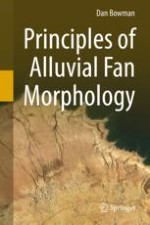2019 | OriginalPaper | Buchkapitel
13. The Base-Level Effect
verfasst von : Dan Bowman
Erschienen in: Principles of Alluvial Fan Morphology
Verlag: Springer Netherlands
Aktivieren Sie unsere intelligente Suche, um passende Fachinhalte oder Patente zu finden.
Wählen Sie Textabschnitte aus um mit Künstlicher Intelligenz passenden Patente zu finden. powered by
Markieren Sie Textabschnitte, um KI-gestützt weitere passende Inhalte zu finden. powered by
